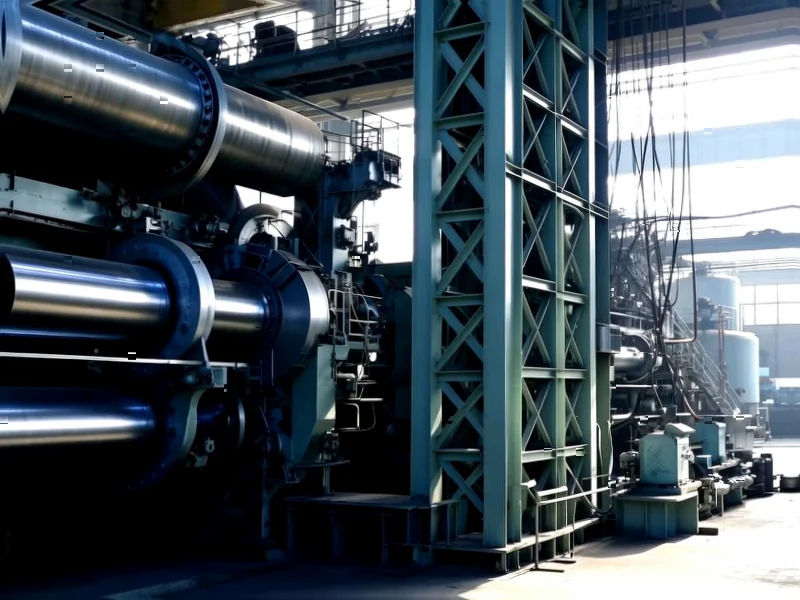According to Financial Times News, the UK government is pursuing a three-way “steel alliance” with the US and EU to protect their industries from Chinese steel oversupply. Trade Minister Sir Chris Bryant confirmed ongoing discussions about forming a 1950s-style tariff pact that would impose common external tariffs while allowing duty-free trade among members. This initiative comes as global steel overcapacity reached 600 million tonnes last year, with China producing 1 billion tonnes annually, prompting protectionist responses across Western economies.
Table of Contents
Understanding the Steel Oversupply Crisis
The global steel market faces structural imbalances that trace back decades, with China’s state-subsidized production creating persistent oversupply. The steel industry has long struggled with this issue, but recent geopolitical tensions and pandemic-related supply chain disruptions have intensified the problem. China’s production capacity now dwarfs that of Western nations, creating what many economists describe as a “market distortion” that threatens the viability of domestic steel production in Europe and North America. This isn’t merely an economic issue—it’s increasingly framed as a national security concern, given steel’s critical role in defense manufacturing and infrastructure.
Critical Analysis of the Alliance Approach
While the “steel club” concept appears strategically sound, it faces significant implementation challenges. The historical precedent of the European Union’s origins in the European Coal and Steel Community shows such alliances can work, but today’s geopolitical landscape is far more complex. The UK’s post-Brexit position creates additional complications, as the nation must negotiate simultaneously with both the US and EU while managing domestic political pressures. Previous attempts at similar arrangements, including the failed 2021 US-EU steel and aluminum talks, demonstrate how difficult consensus can be even among allies with shared interests.
Another critical concern involves potential WTO violations and retaliatory measures from China and other affected nations. The tariff-based approach risks triggering broader trade conflicts that could extend beyond steel to other sectors. Additionally, the timeline mismatch between the EU’s planned July 2026 implementation and the UK’s June 2026 safeguard expiration creates a dangerous gap that could leave British steel vulnerable during transition periods.
Industry and Market Implications
A successful steel alliance would fundamentally reshape global steel trade flows and pricing dynamics. Western manufacturers would gain protected market access, potentially enabling reinvestment in modernization and green steel technologies. However, consumers in member countries might face higher prices for steel-containing products, from automobiles to construction materials. The alliance could also accelerate the bifurcation of global trade into competing blocs, with China and its partners potentially forming counter-alliances.
For the UK government specifically, this represents a crucial test of post-Brexit trade diplomacy. Success would demonstrate the UK’s ability to broker complex multilateral agreements independently, while failure could highlight the limitations of going it alone in an increasingly protectionist global economy. The steel industry’s strategic importance means the outcome will influence broader industrial policy and manufacturing strategy for years to come.
Realistic Outlook and Predictions
The path to a full three-way alliance appears challenging in the near term, given the complex negotiations required and differing political timelines across the three jurisdictions. More likely is a phased approach beginning with bilateral arrangements that gradually expand into a broader pact. The UK will probably secure some form of preferential access to EU markets by 2026, but a comprehensive US-EU-UK agreement may take several more years to materialize.
The success of this initiative will depend heavily on political continuity in all three regions, particularly with upcoming elections in both the US and UK. Should protectionist sentiments strengthen further, we may see accelerated progress—but also increased risk of broader trade conflicts. The steel oversupply problem isn’t disappearing, meaning some form of coordinated Western response appears inevitable, whether through this specific proposal or alternative mechanisms.



